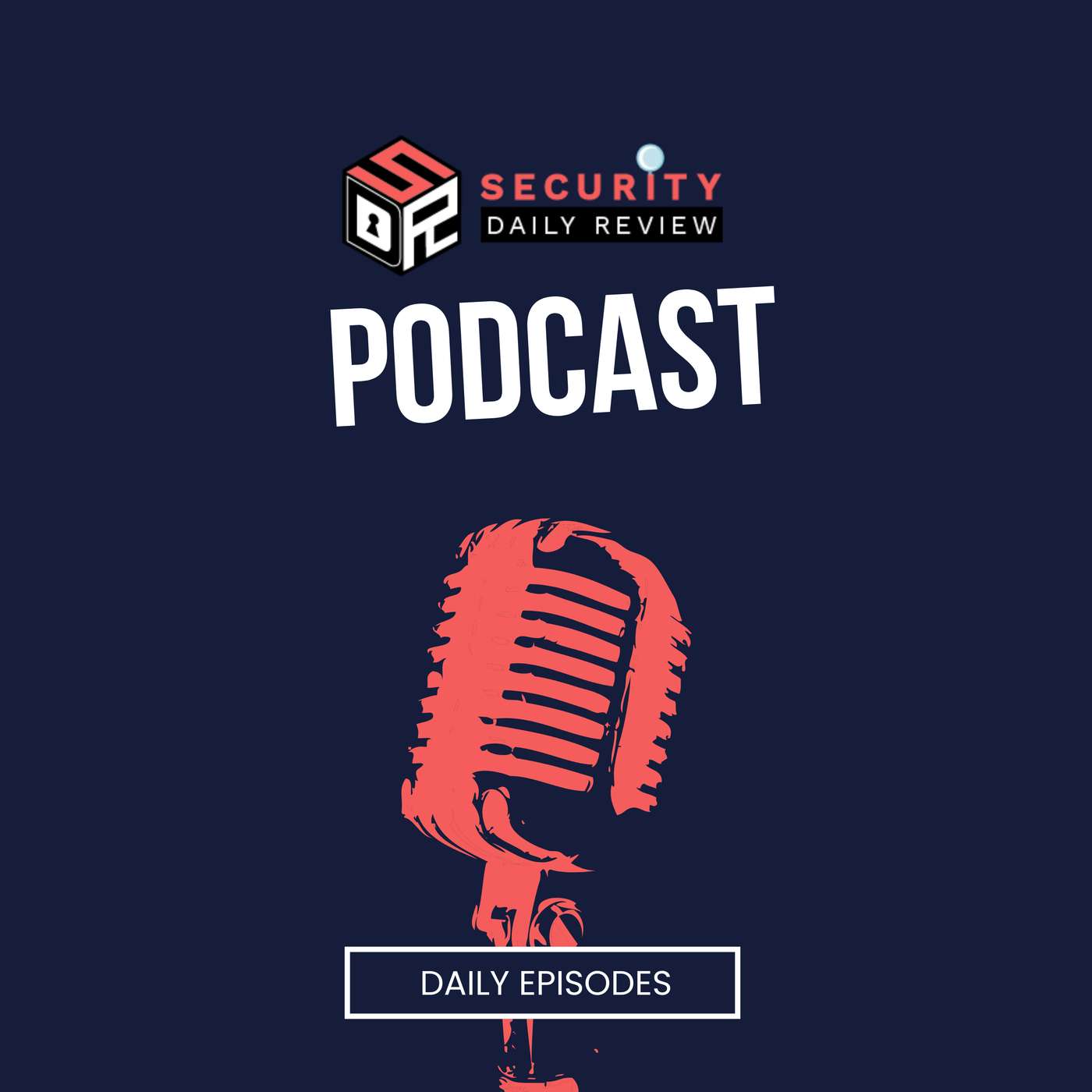The recent Salesforce data breach underscores a growing reality in cybersecurity: even when core SaaS platforms are secure, their third-party integrations often aren’t. Between August 8–18, 2025, attackers from the group UNC6395 exploited compromised OAuth tokens from the Salesloft Drift AI chat integration, systematically exporting data from hundreds of Salesforce customer instances. The stolen data included sensitive credentials like AWS access keys, Snowflake tokens, and user passwords—a goldmine for further attacks. Google’s Threat Intelligence Group reported over 700 potentially affected organizations, though Salesforce has downplayed the scale.
Critically, this wasn’t a flaw in Salesforce itself but rather a weakness in its ecosystem of connected apps. OAuth, the backbone of SaaS integrations, is generally secure, but misconfigurations and a lack of monitoring create opportunities for consent phishing, open redirects, and token theft. The attackers even demonstrated strong operational security by deleting query jobs, forcing organizations to dig deeper into logs for evidence of compromise.
This incident highlights several urgent priorities for SaaS security:
- Multi-Factor Authentication (MFA): By requiring multiple forms of verification, MFA drastically reduces the likelihood of account compromise and is mandated by many compliance frameworks. Without it, organizations remain exposed to phishing and credential-stuffing attacks.
- Credentials Rotation: Regularly rotating passwords, API keys, and OAuth tokens minimizes the window of opportunity for attackers who gain access. After the breach, Google urged affected organizations to immediately revoke and rotate exposed keys.
- SaaS Security Posture Management (SSPM): Continuous monitoring of SaaS environments is critical for detecting misconfigurations, unusual OAuth grants, and anomalous user activity. While Salesforce Shield offers event monitoring, it provides raw logs without context, making specialized SSPM solutions essential.
- Third-Party Risk Management (TPRM): SaaS ecosystems expand the attack surface dramatically. Effective TPRM includes vendor risk assessments, continuous monitoring, SLAs for breach response, and joint incident playbooks. Without these, enterprises risk exposure through weaker partners.
The Salesforce breach offers a stark reminder: in today’s interconnected SaaS world, security can’t stop at the platform. It must extend to every connected app, every vendor, and every token. Organizations that fail to adopt MFA, regular credentials rotation, SSPM, and strong TPRM will remain vulnerable to exactly the kind of data theft campaign UNC6395 executed.
#Salesforce #DataBreach #OAuth #UNC6395 #SaaSSecurity #MFA #SSPM #TPRM #CredentialsRotation #CloudSecurity #ThirdPartyRisk #Cybersecurity







